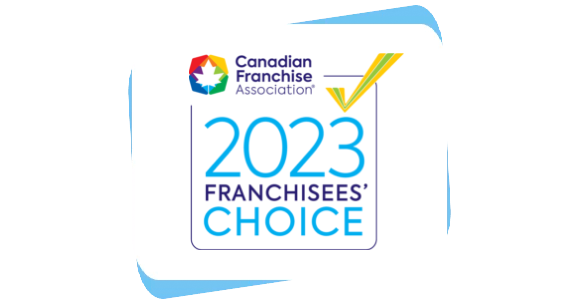Creating better study notes is a great way to maximize study efforts. Study notes make reading over class notes active because writing notes helps to improve recall during tests.
But how can students create better study notes? We’ll give you a hint—summarize! Check out these 10 simple tips for taking better study notes:
Taking Better Study Notes in 10 Simple Steps
- Repetition, repetition, repetition. Before an exam, don’t try to cram. A more effective approach is to review class notes nightly. A little review time more often is very effective.
- Short on time? Draw an image or a mind map. Pictures can be easier to remember than words.
- Use colour coding to group ideas and facts together for better recall.
- Create brief and concise sentences.
- Use symbols and abbreviations to save time.
- Paraphrase: explain the key concepts using your own words.
- Circle keywords.
- Not fully grasping a concept? Write questions to yourself about it. Then search for the answer.
- Condense: write one or two sentences to explain a few paragraphs.
- Identify the main messages.
The first time students create study notes, they might have many pages. But, as time goes on, students will be able to summarize study notes onto a single, easy-to-refer page.
The Golden (Note-Taking) Rule
Don’t hide class notes in a drawer! Keep study notes handy for frequent review. Taking study notes is a valuable skill that makes studying and remembering easier, so refer to them often! Did you know that those who don’t review their study notes will forget 40% of the information learned after the first 24 hours and 60% after 48 hours? Check out these note-taking tips from Cornell.
What’s the Best for Better Study Notes—Writing, Typing, or Both?
Writing vs. typing is a debate across classrooms. It comes down to the student’s individual needs and how they comprehend information. For example, typing study notes is best when the student needs the ability to change their notes at any moment.
But, according to research, handwritten notes can improve students’ ability to learn and recall concepts. Before selecting what is best for you, think about these differences.
Writing
Handwriting study notes can be a little slower than typing your study notes, but there are a few benefits of handwriting your notes. Handwriting your study notes can:
- Easier to create diagrams and illustrations.
- Can be better for visual learners.
- Provides more focus for those prone to distraction
Typing
Since typing is faster than handwriting, it makes it easier to take notes in class verbatim. But writing faster isn’t the only thing that typing is good at. It also helps typing study notes to be:
- Faster and easier to take a higher volume of notes
- Easier to edit and reorganize for later studying
- Can be backed up, shared, and searched
Need Help Creating Better Study Notes?
GradePower Learning tutors can help your child learn to create study notes that will be helpful when taking an exam or a test. Learn how you can make better study notes today!
Contact a location near you to learn more about our study skills programs.







